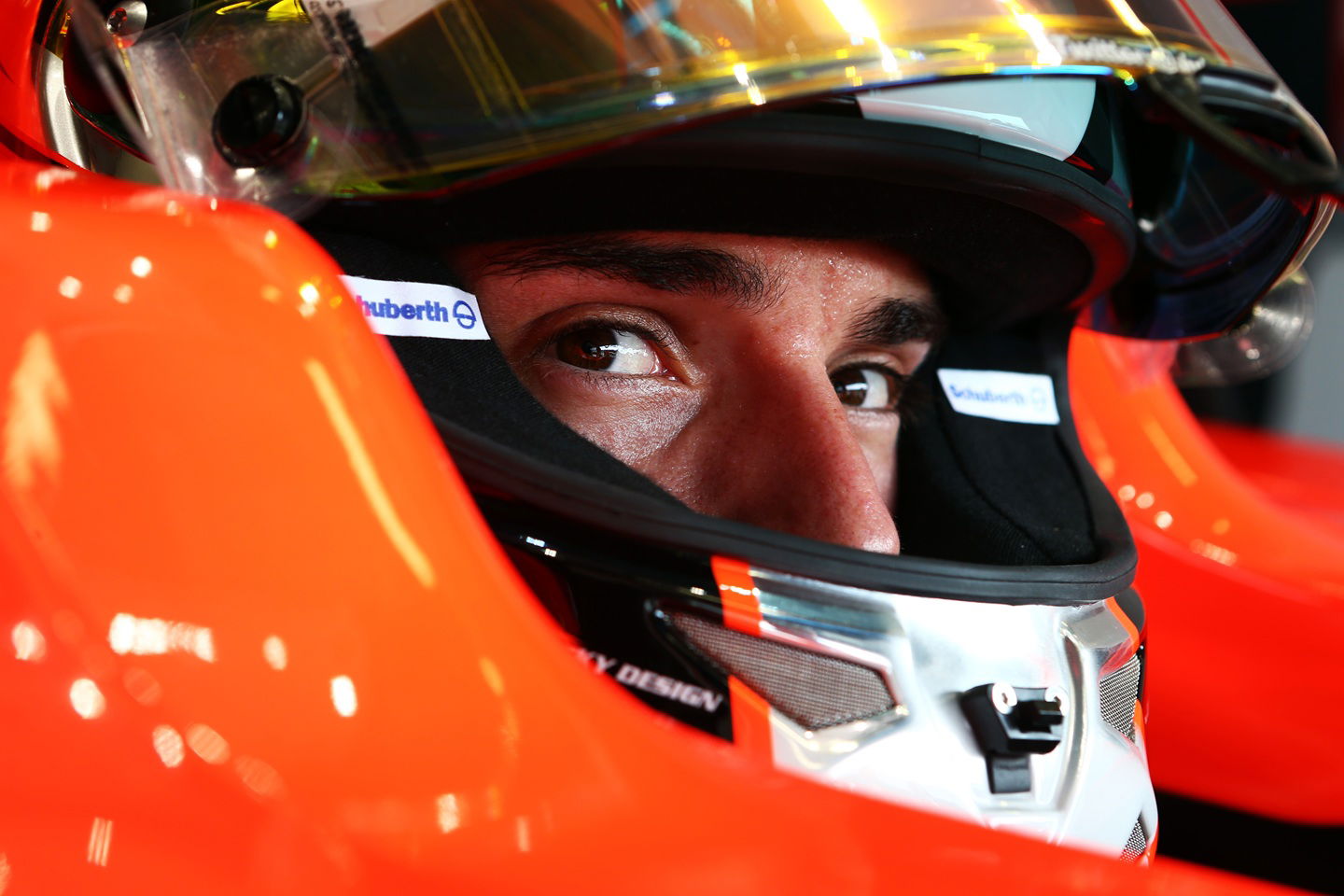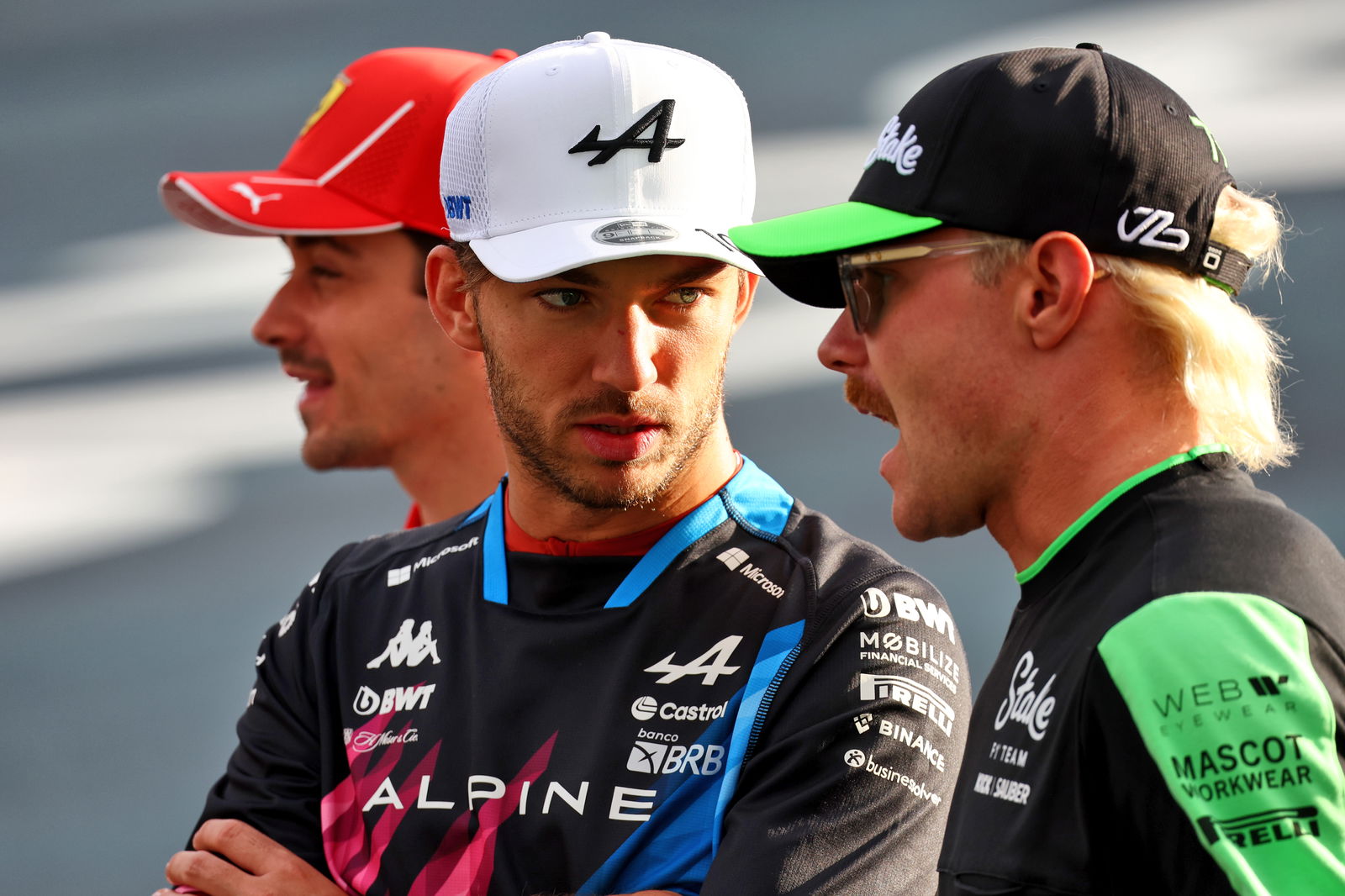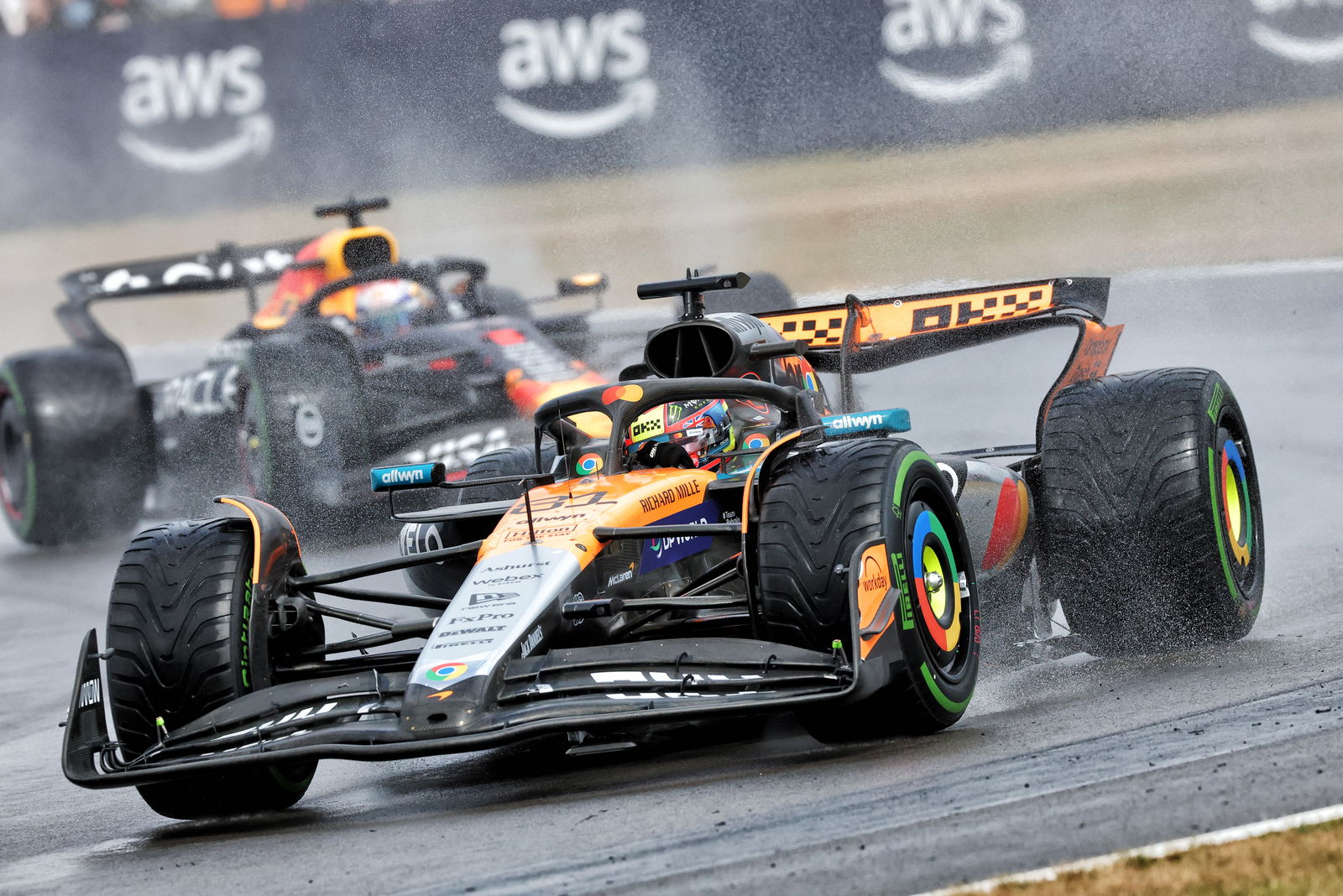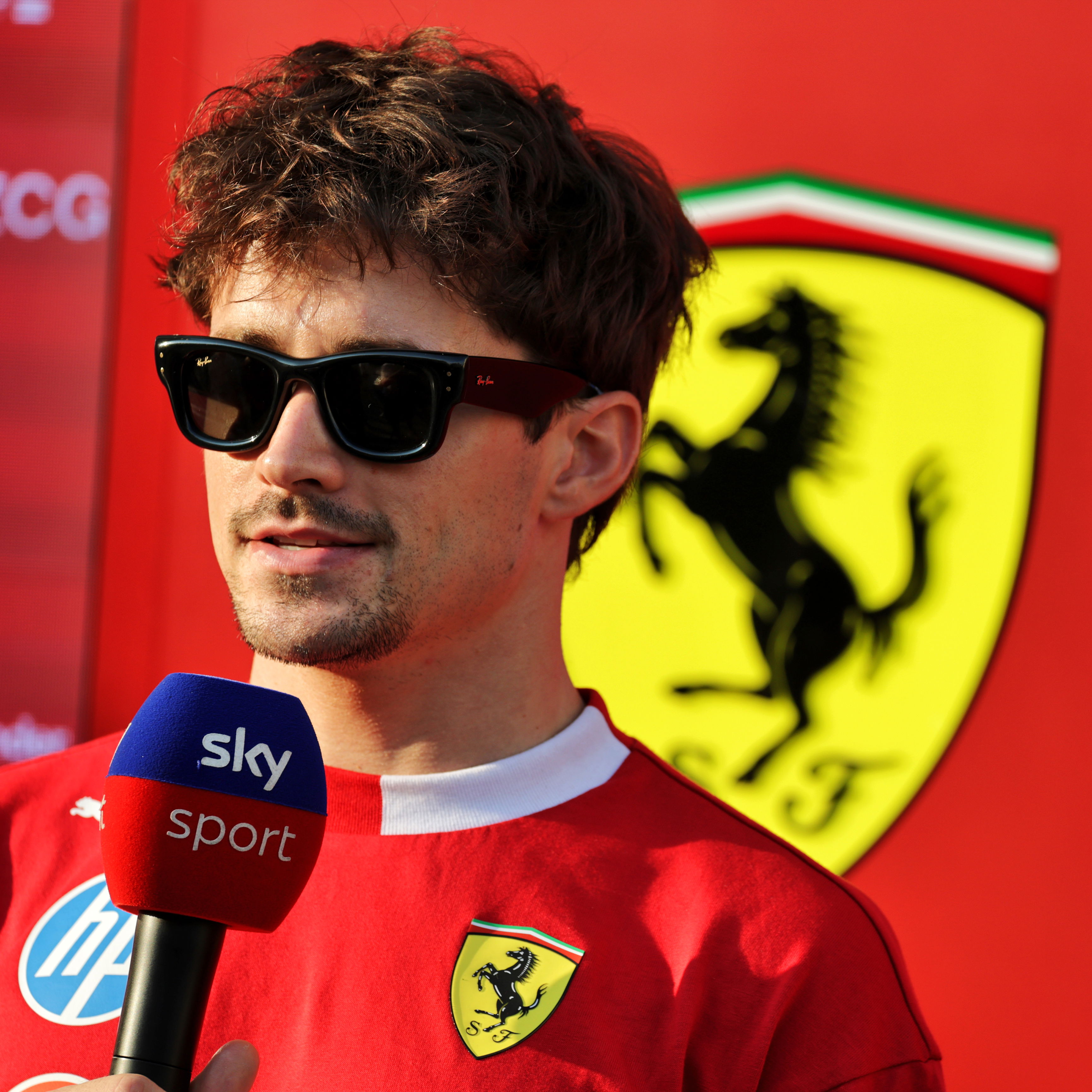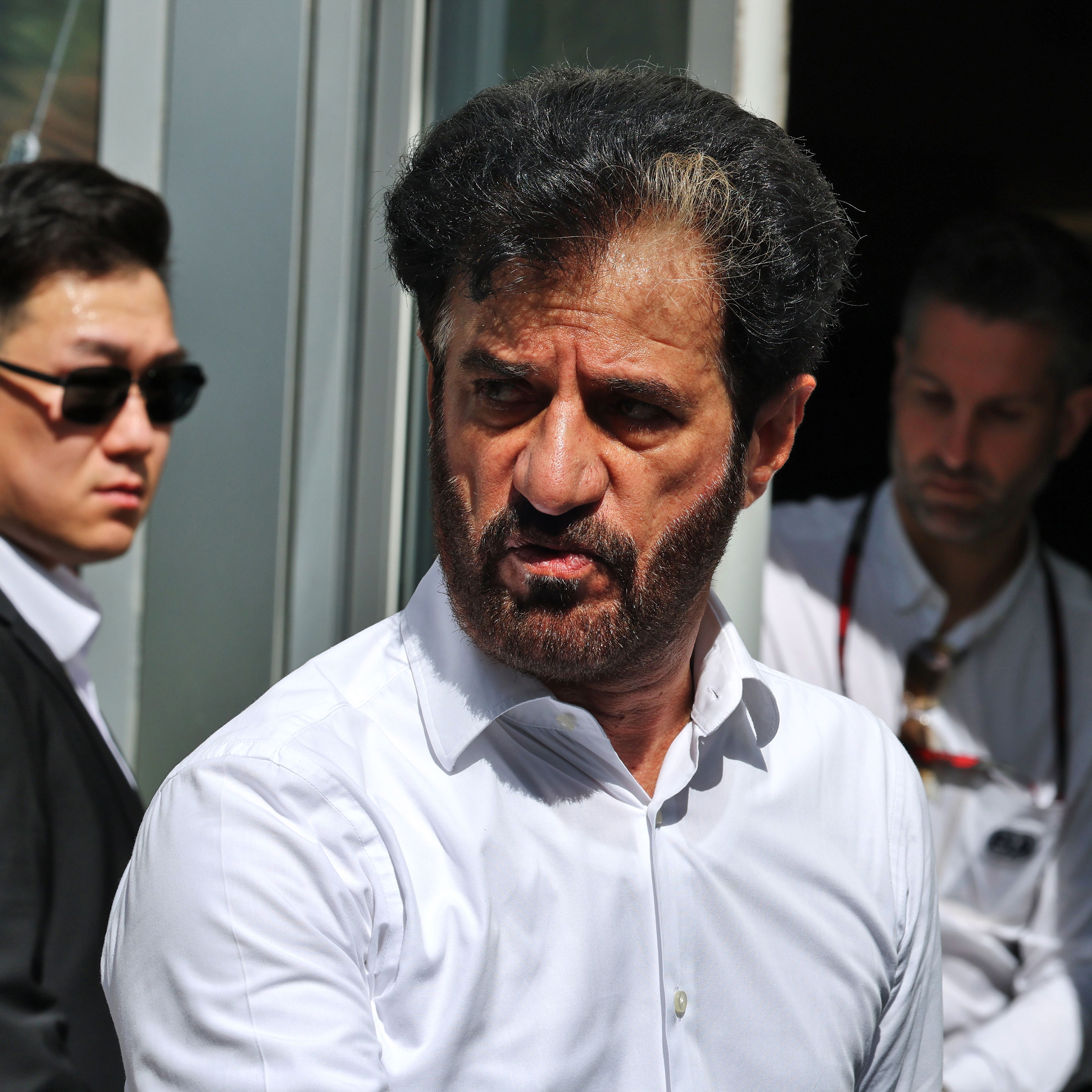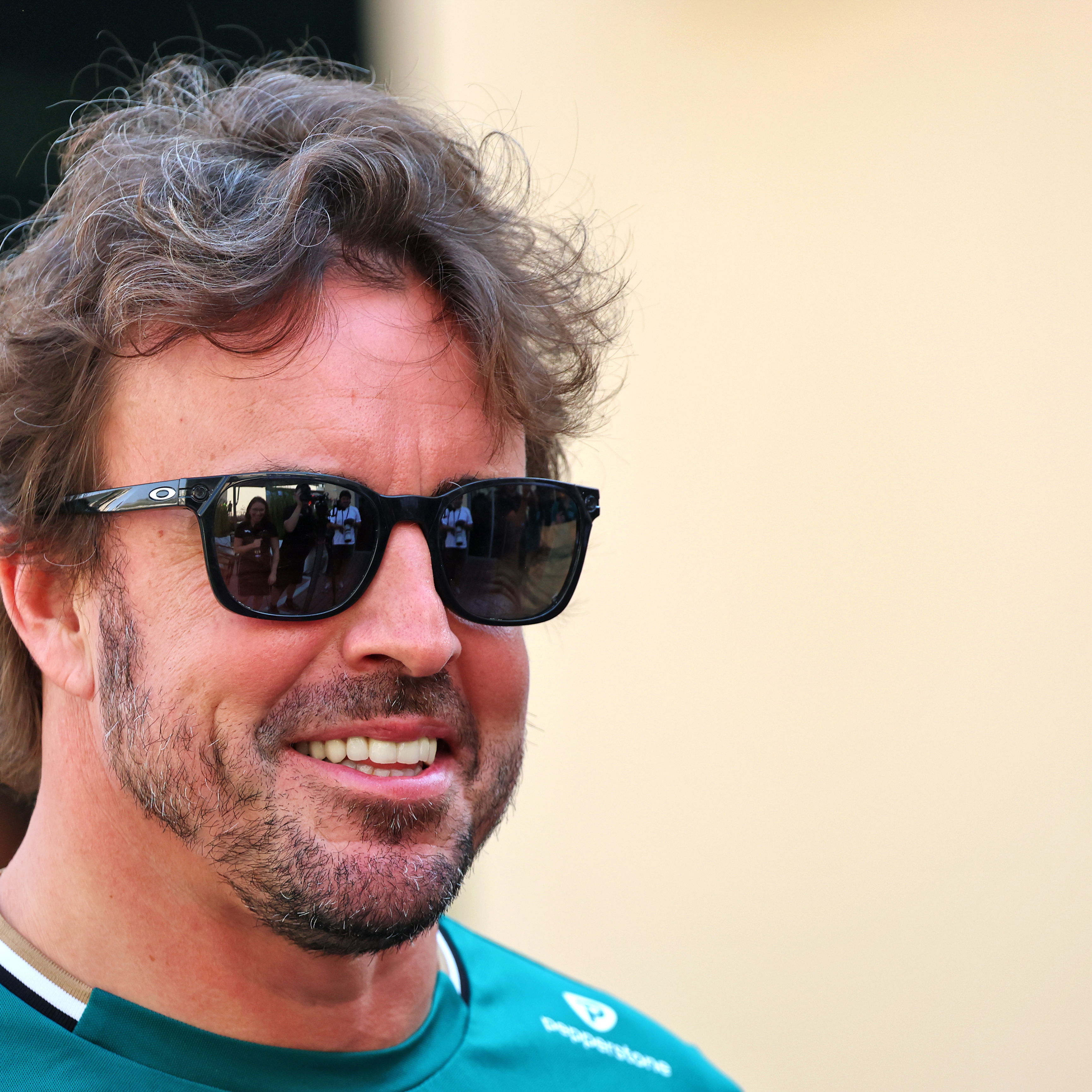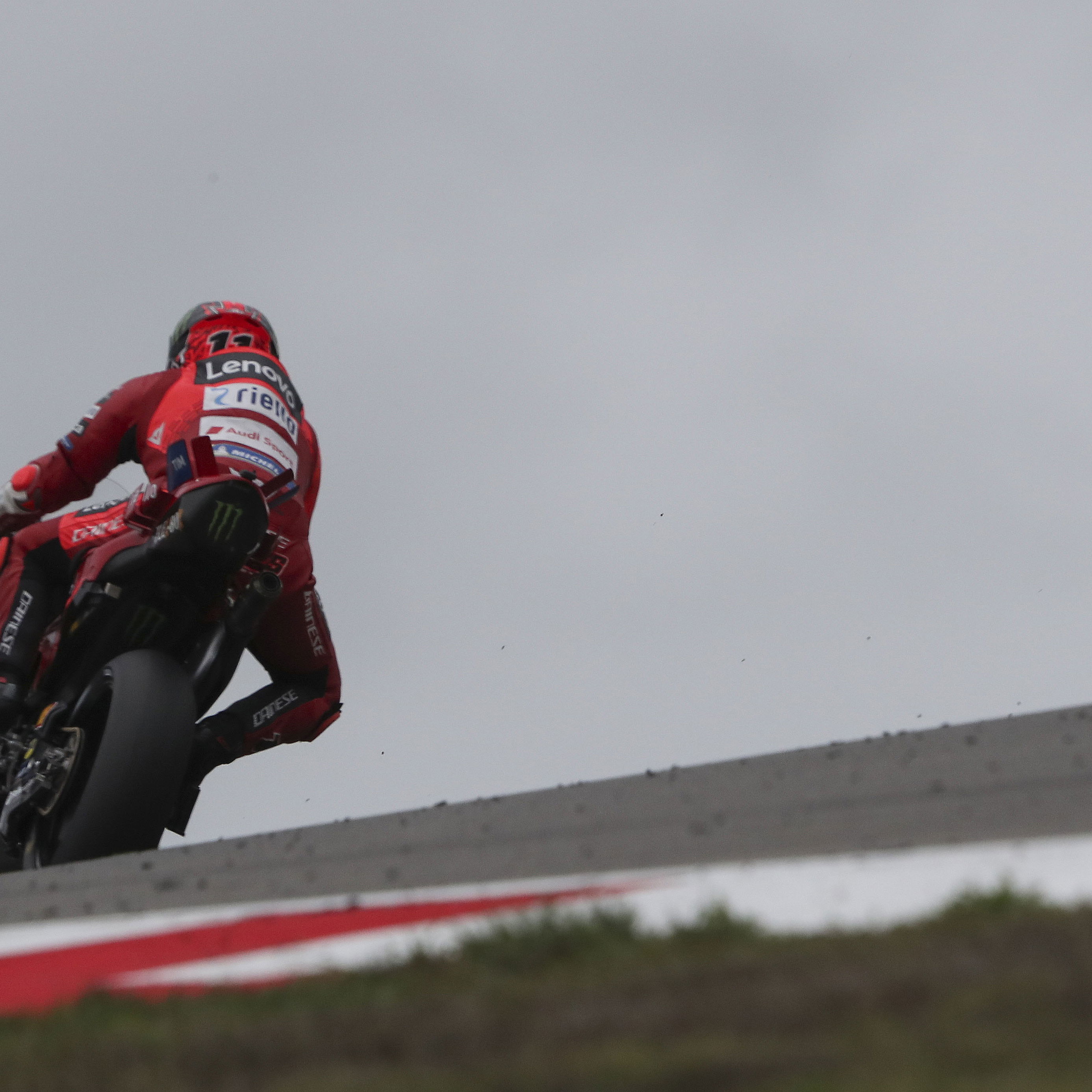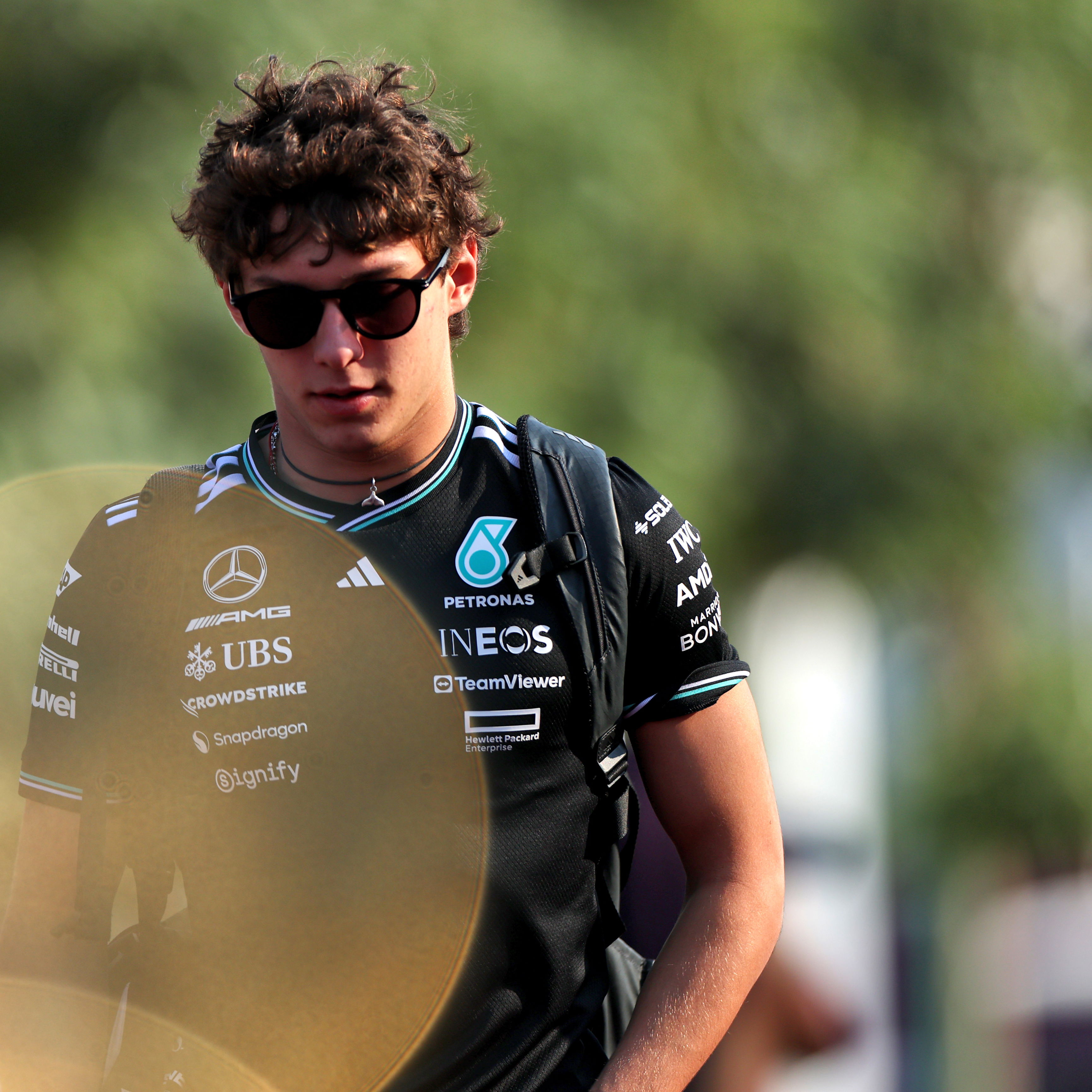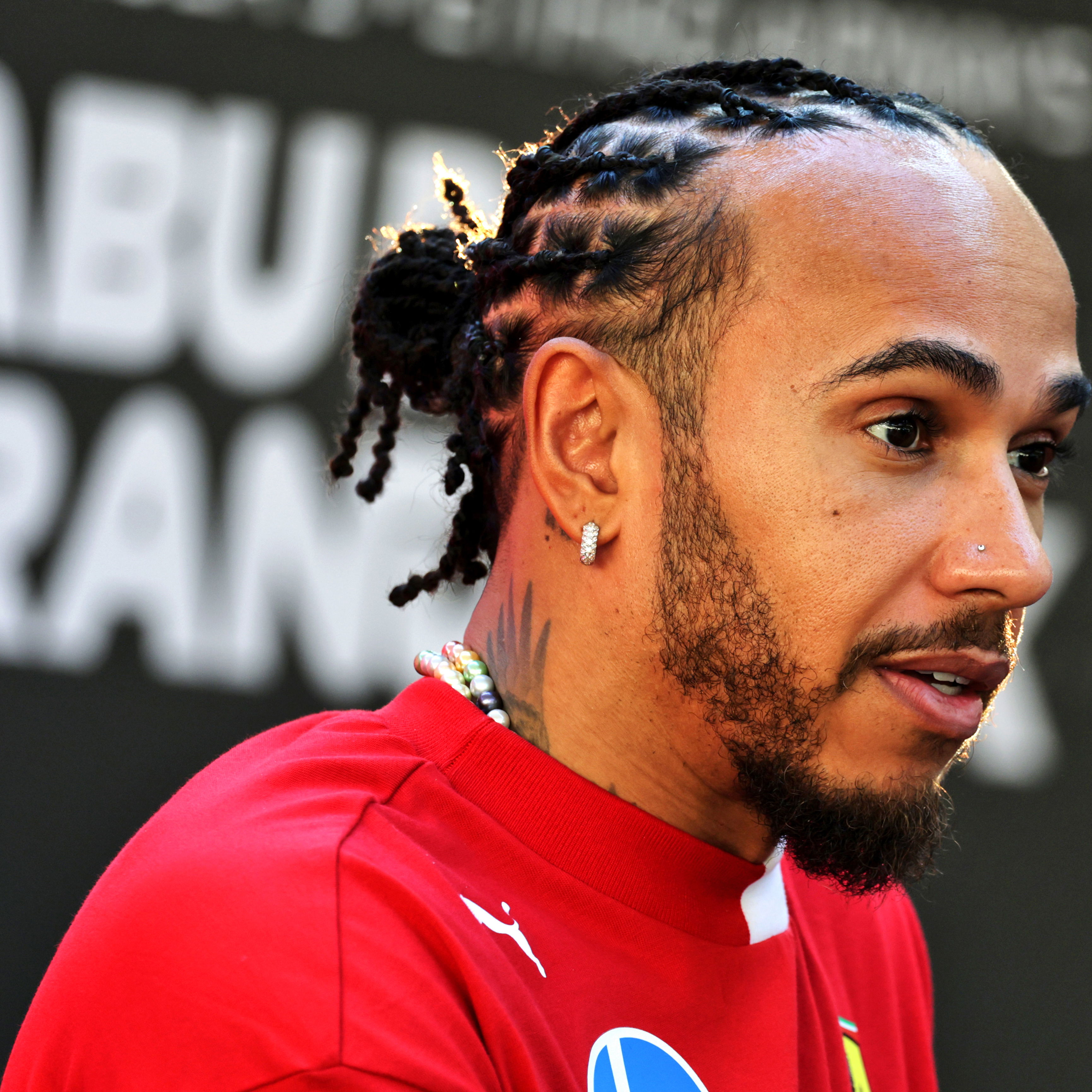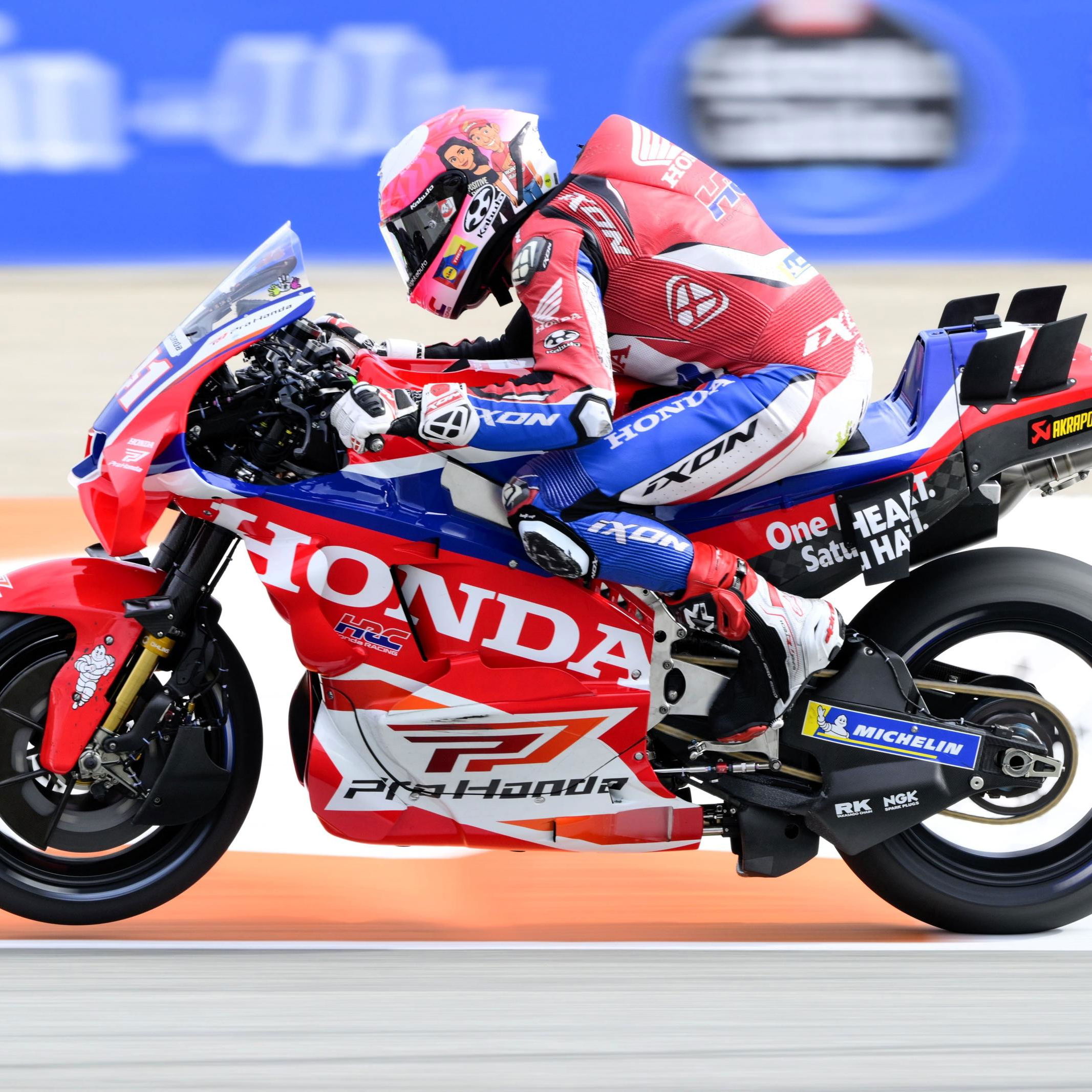Jules Bianchi’s lasting impact in F1, 10 years on
Ten years after his tragic accident in Japan, Jules Bianchi’s influence continues to be felt in Formula 1 - not just in terms of safety, but through the Ferrari Driver Academy he helped inspire.

Jules Bianchi’s story is one of unfulfilled promise and profound tragedy. When he made his Formula 1 debut at the wheel of a Marussia MR02 in 2013, he was widely regarded as a future Ferrari star, having been backed by the Italian marque from his early racing days.
Racing at the back of the grid was no easy task, but Bianchi proved he was worth the hype when he scored Marussia’s first-ever points with a stunning ninth-place finish at the 2014 Monaco Grand Prix. That the result came just a few miles from his birthplace in Nice made it all the more special.
Tragically, Bianchi’s career - and life - was cut short later that year in a horrific accident at the Japanese Grand Prix. Driving in treacherous conditions at Suzuka, he lost control and struck a recovery vehicle that had been deployed following Adrian Sutil’s crash.
He initially received treatment in Yokkaichi, Japan, before being transferred to a hospital in Nice. Despite the best efforts of doctors, Bianchi passed away on 17 July 2015 - exactly ten years ago today.
He became the first driver to die from injuries sustained during an F1 race since Ayrton Senna’s fatal crash at Imola in 1994.
While Bianchi died at just 25, long before he had the chance to fully showcase his talent, his legacy continues to resonate throughout the sport.
As with Senna, Bianchi’s crash prompted a renewed focus on safety in F1. In the aftermath, the FIA accelerated development of the halo cockpit device, which has since become a mandatory feature across not only F1, but also the entire single-seater ladder.
The halo has been credited with preventing numerous injuries and even saving lives, most notably that of Romain Grosjean in his fiery Bahrain crash in 2020. Grosjean later described the device as “the greatest thing that we brought to Formula One, and without it, I wouldn't be able to speak to you today.”

But beyond the safety advancements that protect every driver on the grid, Bianchi’s influence is also deeply embedded in Ferrari’s long-term vision.
According to Ferrari, Bianchi "provided the stimulus for the Maranello marque to establish the Ferrari Driver Academy.” He was the first official driver to be inducted into the programme.
It’s widely believed that Bianchi would have gone on to race for the Prancing Horse following his ‘apprenticeship’ at Marussia. In fact, then-Ferrari chairman Luca di Montezemolo stated that Bianchi would have been promoted to a race seat as early as 2015 had F1 approved plans for three-car teams.
While that plan never materialised, the Ferrari Driver Academy continued to expand and soon welcomed another promising driver from Bianchi’s region: Monaco-born Charles Leclerc.
In many ways, Leclerc is Bianchi’s spiritual successor at Ferrari, having already delivered eight grand prix victories for the Scuderia.
Ferrari has even said that Bianchi “is now regarded as a sort of guardian angel for all those who have passed through the FDA, as the Academy was founded because of him.”
Looking ahead to Formula 1’s next era in 2026, it remains to be seen how Ferrari will perform under the new regulations. But if it does get a jump start on its rivals, Leclerc would be in the hot seat for the title.
And should the Monegasque finally clinch the drivers’ championship, it would stand as the ultimate tribute to the Ferrari Driver Academy - and to the man whose memory continues to shape its mission.
